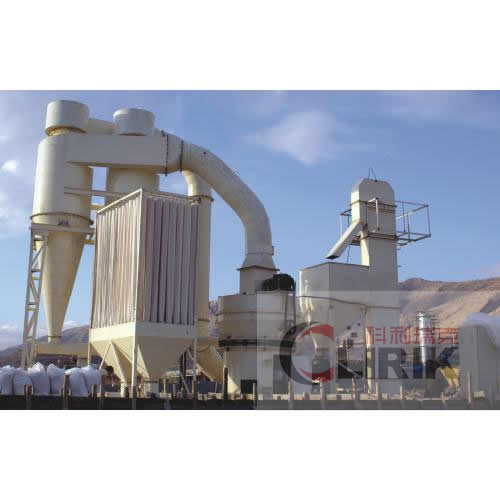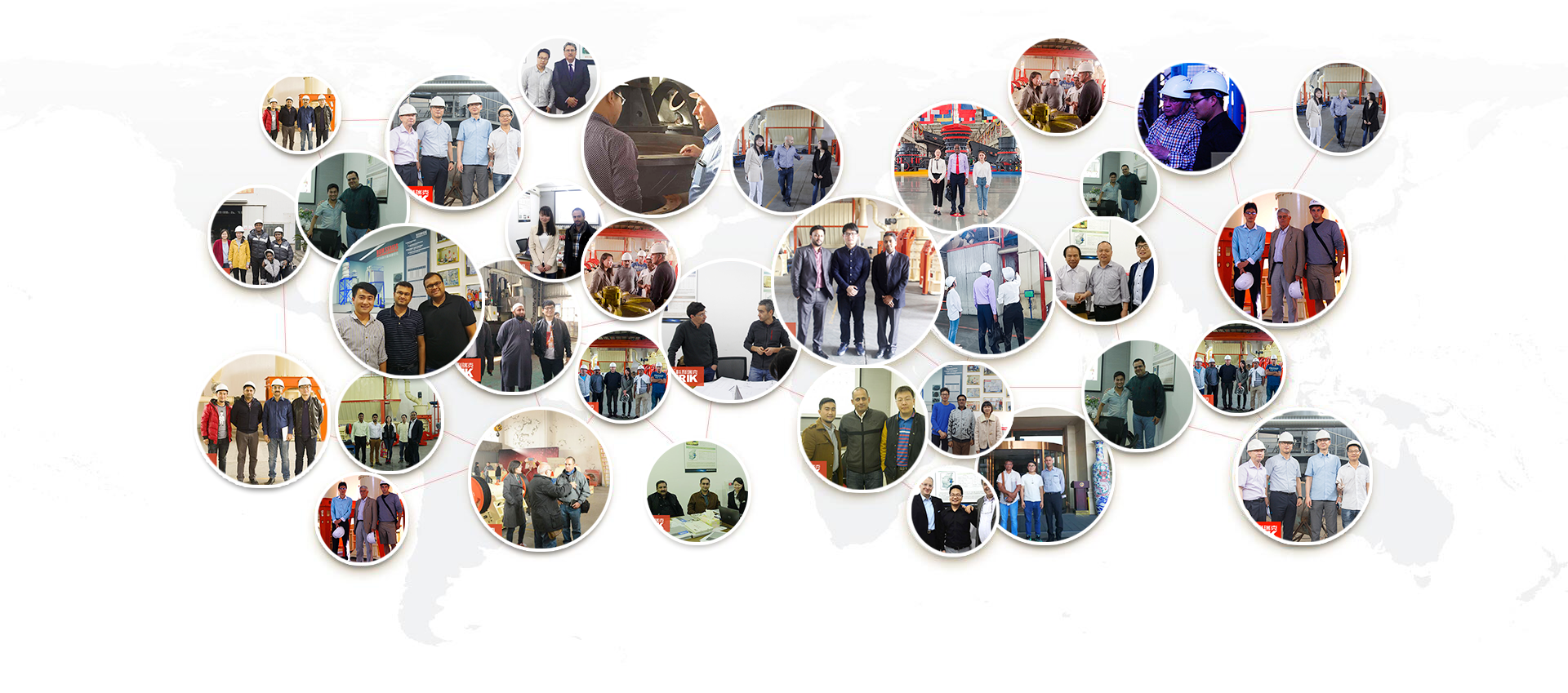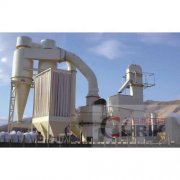A
grinding machine, often shortened to
grinder, is a machine tool used for grinding, which is a type of machining using an abrasive wheel as the cutting tool. Each grain of abrasive on the wheel's surface cuts a small chip from the workpiece via shear deformation.
Grinding is used to finish workpieces that must show high surface quality (e.g., low surface roughness) and high accuracy of shape and dimension. As the accuracy in dimensions in grinding is on the order of 0.000025 mm, in most applications it tends to be a finishing operation and removes comparatively little metal, about 0.25 to 0.50 mm depth. However, there are some roughing applications in which grinding removes high volumes of metal quite rapidly. Thus, grinding is a diverse field.
The grinding machine consists of a bed with a fixture to guide and hold the work piece, and a power-driven grinding wheel spinning at the required speed. The speed is determined by the wheel’s diameter and manufacturer’s rating. The user can control the grinding head to travel across a fixed work piece, or the work piece can be moved while the grind head stays in a fixed position.
Fine control of the grinding head or tables position is possible using a vernier calibrated hand wheel, or using the features of numerical controls.
Grinding machines remove material from the work piece by abrasion, which can generate substantial amounts of heat. To cool the work piece so that it does not overheat and go outside its tolerance, grinding machines incorporate a coolant. The coolant also benefits the machinist as the heat generated may cause burns. In high-precision grinding machines (most cylindrical and surface grinders), the final grinding stages are usually set up so that they remove about 200 nm (less than 1/10000 in) per pass - this generates so little heat that even with no coolant, the temperature rise is negligible.
The grinding machine consists of a bed with a fixture to guide and hold the work piece, and a power-driven grinding wheel spinning at the required speed. The speed is determined by the wheel’s diameter and manufacturer’s rating. The user can control the grinding head to travel across a fixed work piece, or the work piece can be moved while the grind head stays in a fixed position.
Fine control of the grinding head or tables position is possible using a vernier calibrated hand wheel, or using the features of numerical controls.
Grinding machines remove material from the work piece by abrasion, which can generate substantial amounts of heat. To cool the work piece so that it does not overheat and go outside its tolerance, grinding machines incorporate a coolant. The coolant also benefits the machinist as the heat generated may cause burns. In high-precision grinding machines (most cylindrical and surface grinders), the final grinding stages are usually set up so that they remove about 200 nm (less than 1/10000 in) per pass - this generates so little heat that even with no coolant, the temperature rise is negligible.

Through long-term arduous technology research and international communication, our product quality has been in line with international level, winning a world-wide acclaim and honor, and our products are exported to ninety countries and regions like Tanzania, Nigeria, South Africa, Kenya, Turkey, Saudi Arabia, Philippines, Indonesia, Malaysia, Vietnam, Mexico, Brazil, Russia, Uzbekistan, Australia, etc.


 Pre-sale service
Pre-sale service
 Sales service
Sales service
 After-sales service
After-sales service


